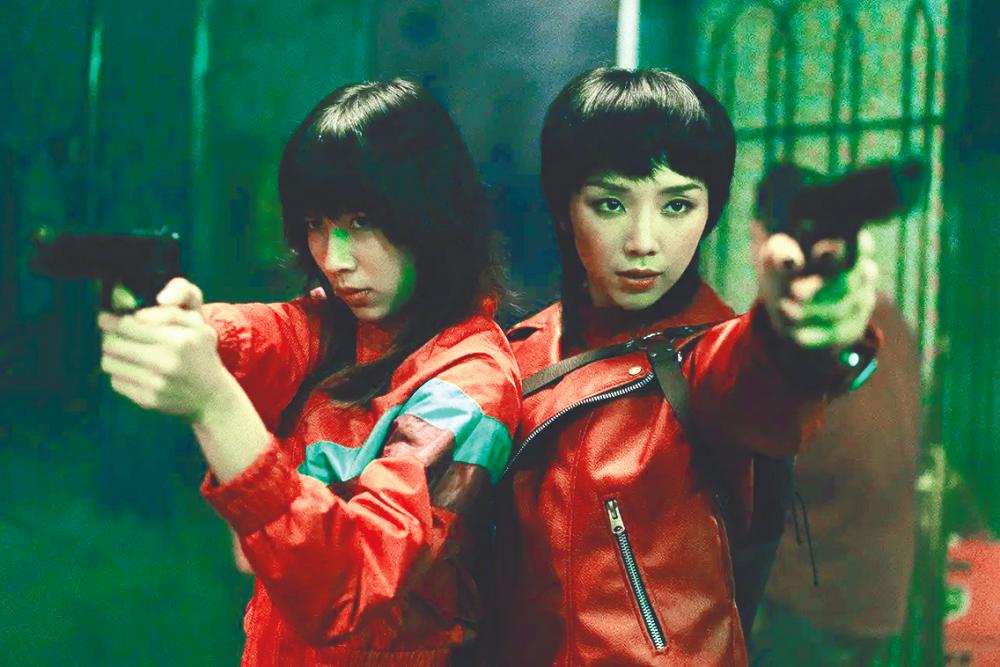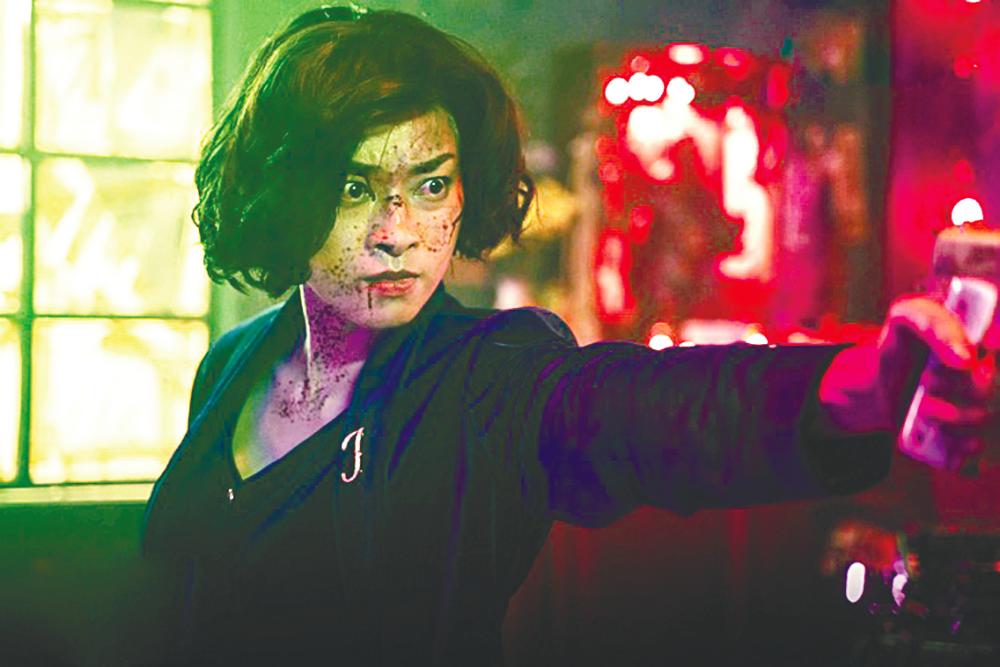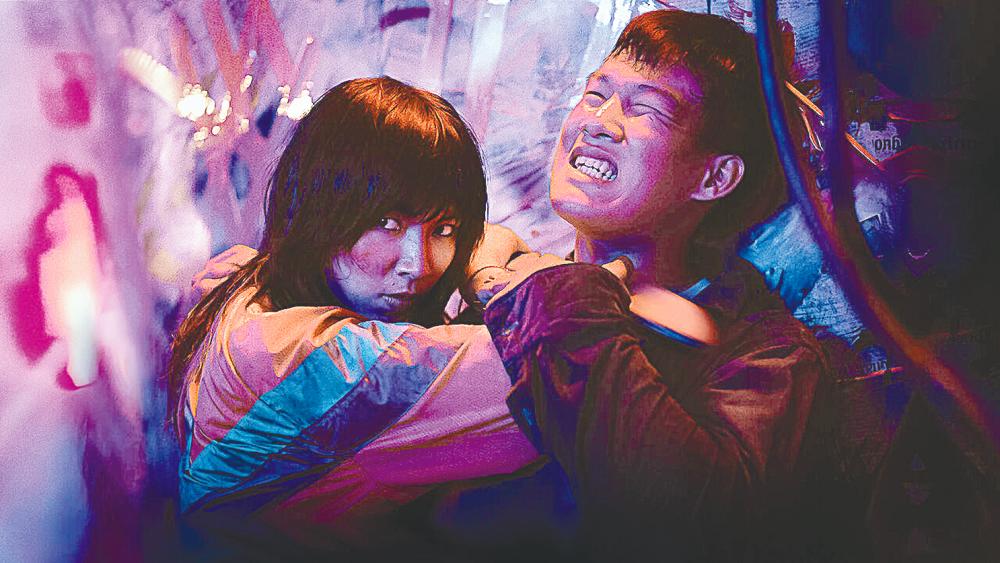A PREQUEL to 2019’s Furie, Netflix’s Furies is an even more relentless Vietnamese revenge film set in neon-lit, seedy Ho Chi Minh City before the turn of the millennium.
Directed by Veronica Ngo (who also starred in Furie), Furies takes place little over a decade before the 2019 film, and instead focuses on actress Dong Anh Quynh’s character, Bi.
The film opens with Bi, from her being exposed to the knowledge of her mother prostituting herself to get the two of them out of poverty, to Bi’s sexual assault and subsequent murder of the rapist, Furies quickly establishes the film’s themes and brutality.
Furies kicks off proper after Bi arrives in Ho Chi Minh City and is saved from another sexual assault by Jacqueline (Veronica Ngo), and is introduced to two other girls saved by the latter; Thanh Soi (Toc Tien) and Hong (Rima Thanh Vy).
Quickly inducted into the group, Bi is trained – along with Thanh and Hong – to be Jacqueline’s “hammer” in stopping mob boss Hai, who runs the biggest syndicate in the city with deep roots in prostitution and drugs.

Guns, fists and knives
As much as John Wick: Chapter 4 is currently dominating the global box office, it can’t be ignored how the film (and its franchise predecessors) was inspired by Gareth Evans’ Indonesian films The Raid and The Raid 2.
Similarly, Furies wears its inspiration on its sleeve and continues the tradition of uplifting Southeast Asian martial arts films that The Raid started; Furies even has a corridor fight similar to the one in the second Raid film.
Fights are tightly choreographed and shot, even if some sequences are not that believable; suspension of disbelief will be needed as these are relatively petite female characters fighting against hordes of much bigger men.
Unlike other modern action films, Furies mixes both fast cutting and long takes in the action editing. Viewers aren’t going to see the kind of unbroken long takes in the John Wick or Raid films, but they aren’t going to experience the fast cuts of other terrible action films either.
It’s somewhere in the middle, like Paul Greengrass’ Bourne films.
That said, Furies has one truly abhorrent, visually ugly action sequence after the halfway point; in a green screen motorcycle sequence, the actors are essentially sitting on a stationary motorcycle, acting out the sequence against poorly rendered CGI.
If you have seen South Korea’s Carter from last year, this sequence in Furies is as bad as most of the sequences from that film.

Hell hath no fury
Tackling the story from the perspective of crime and women from poorer echelons of society becoming victims of vice, and the cyclical situation these individuals are unfortunately trapped in since birth is commendable, as its something relatable, especially in Asia.
Unfortunately, the film’s grip on its heavier, darker themes sometimes slips whenever the film decides to almost randomly pivot to its comical villains, and the even sillier twist towards the end that sets up a character in the 2019 film.
There is no arguing that Hai and his underlings deserve everything that the happens to them in the climax, but the characters are so underwritten and acted in such an over-the-top way, it feels like two different films whenever the camera is on them.
In classic ‘too many cooks spoil the soup’ tradition, a quick check on IMDb gives a possible answer for the tonal clashes and comical villains; Furies was penned by five writers (including Ngo).
Frankly, that’s an absurd amount of writing for a revenge actioner, especially one with a straightforward story.
If the film had committed wholeheartedly to creating truly evil antagonists as the spine of the criminal atrocities in Furies’ Ho Chi Minh City and not the cartoon caricatures it actually has, Furies would have stuck the landing as another great Southeast Asian action film.
Furies is currently streaming on Netflix.









